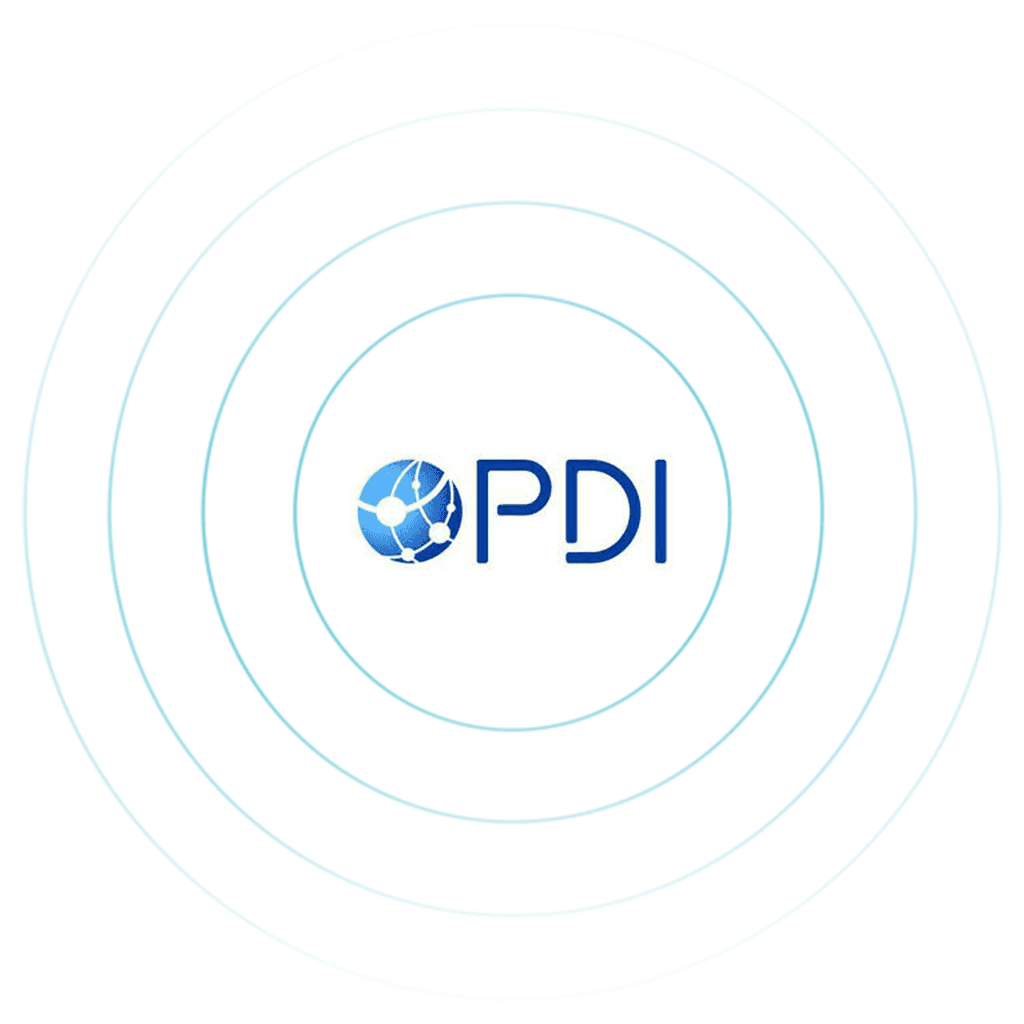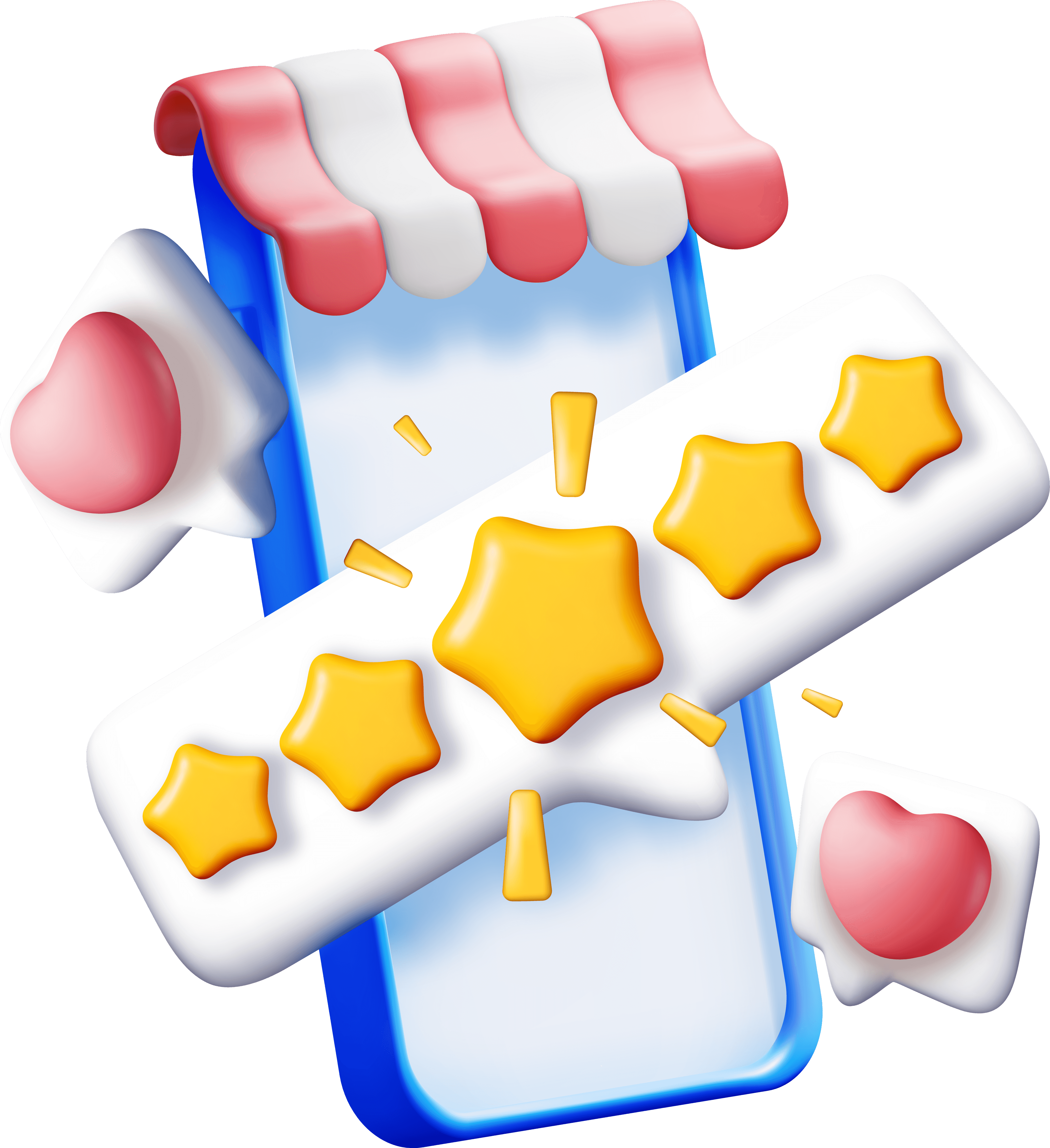Marketing buzzwords like “engagement” and “loyalty” are often used without defining what they mean or how they’re achieved. In retail, where margins are tight and consumer behavior is volatile, those words only matter if they translate into real, measurable action.
This case study documents how, as a Marketing Specialist at PDI Technologies, I led the development and execution of a data-driven marketing strategy for a regional convenience retailer. By replacing fragmented outreach with cohesive, personalized campaigns across multiple channels, we moved the retailer from broad-stroke marketing to targeted customer activation—resulting in tangible improvements in store traffic, repeat visits, and campaign ROI.
01 — The Context: From Promotion-Centric to Customer-Centric
The client, a mid-sized convenience chain, relied heavily on promotions to attract customers but lacked the tools and strategy to make those efforts targeted, measurable, or sustainable. Most offers were static. Most performance insights came too late.
In other words, the retailer was pushing marketing—but not listening.
02 — The Challenge: Inefficiency Hidden in Activity
Despite consistent marketing activity, four key problems emerged:
Low Customer Engagement
One-size-fits-all campaigns led to low interaction rates, especially among newer or infrequent customers
Ineffective Promotions
Without clear targeting logic, the retailer was discounting without strategy—undermining both margin and loyalty potential.
Limited Tools for Coordination:
Without clear targeting logic, the retailer was discounting without strategy—undermining both margin and loyalty potential.
Lack of Timely Insight:
Results were reviewed manually, days or weeks after campaigns ended, making it difficult to adapt or optimize in real time.
03 — The Solution:
A Structured, Data-Driven Marketing System
We implemented a comprehensive marketing platform from PDI Technologies, with a focus on structure, speed, and personalization:
Customer Segmentation:
We grouped customers based on behavioral data—purchase frequency, time of day, category preferences—rather than general demographics.Targeted Promotions:
Offers were mapped to specific segments and behaviors, allowing for more relevant messaging and higher redemption rates.Multi-Channel Coordination:
Campaigns were executed across SMS, email, in-app, and POS receipt messaging—each aligned to the same customer profile and campaign goal.Real-Time Performance Monitoring:
Dashboards and analytics gave visibility into campaign results while they were still running—allowing for mid-cycle adjustments.Loyalty Program Optimization:
We refined the loyalty program to reward not just frequency, but strategic behaviors—like larger baskets or off-peak visits.
04 — The Impact:
From Noise to Measurable Outcomes
The new marketing structure delivered clear, measurable business impact:
+32% Increase in Engagement Rates:
Personalized campaigns outperformed static messages across open rates, click-throughs, and redemptions.+24% Increase in Store Traffic:
Targeted promotions and optimized timing helped drive visits from under-engaged customer segments.+41% Campaign ROI:
With less wasted spend and better alignment between offer and recipient, campaign returns improved significantly.18% Reduction in Customer Churn:
Strategic follow-ups and loyalty enhancements helped retain customers who previously showed signs of disengagement.~60% Decrease in Operational Overhead:
Automated reporting, scheduling, and customer grouping freed up time for strategic planning rather than tactical execution.
05 — Conclusion: Intentional Marketing Drives Competitive Advantage
This project wasn’t about flashy technology or gimmicks. It was about discipline—taking a cluttered, reactive marketing environment and turning it into something intentional, coordinated, and accountable.
By applying structured segmentation, clear campaign logic, and real-time performance loops, we gave the retailer something they didn’t have before: marketing that learns, adapts, and performs—without requiring guesswork.
The outcome was not just more activity. It was marketing that moved the business.




